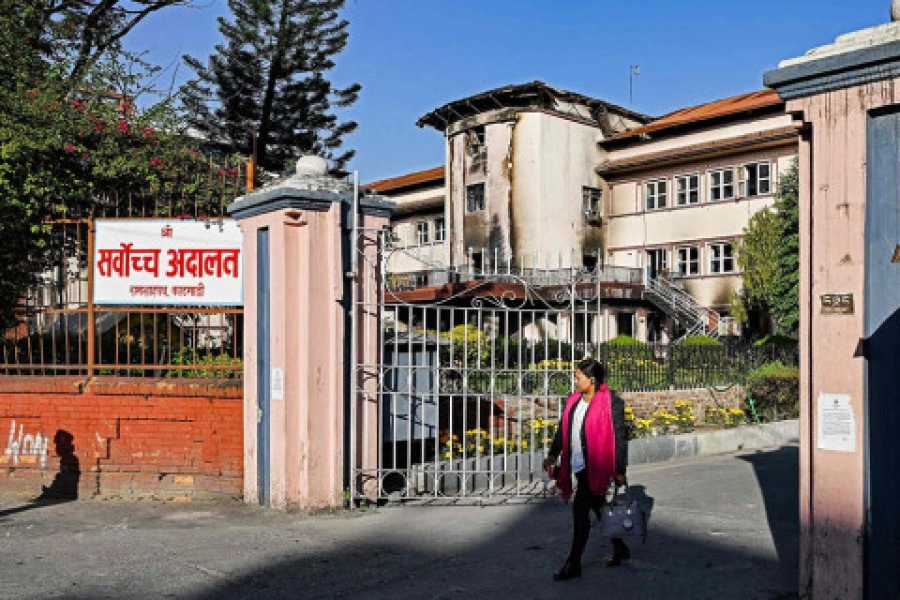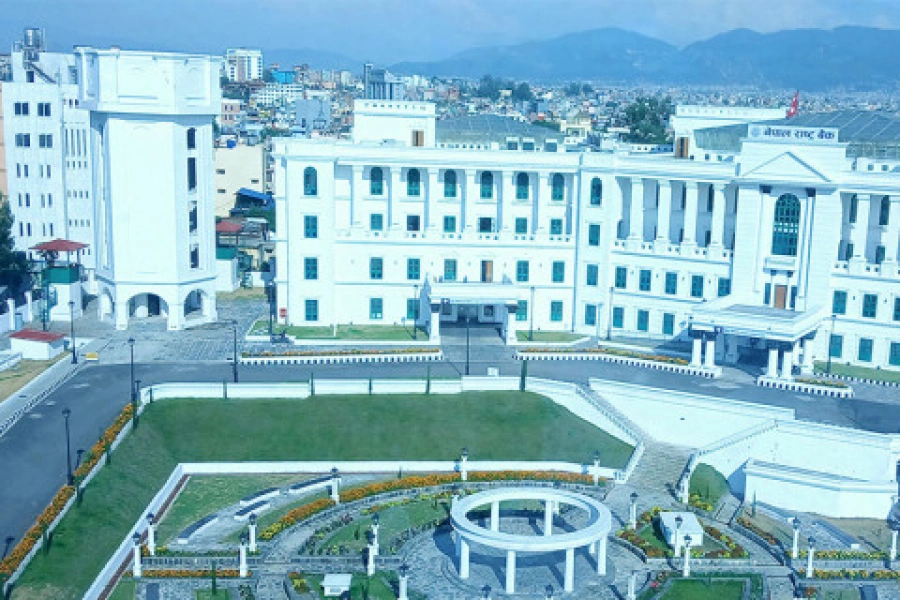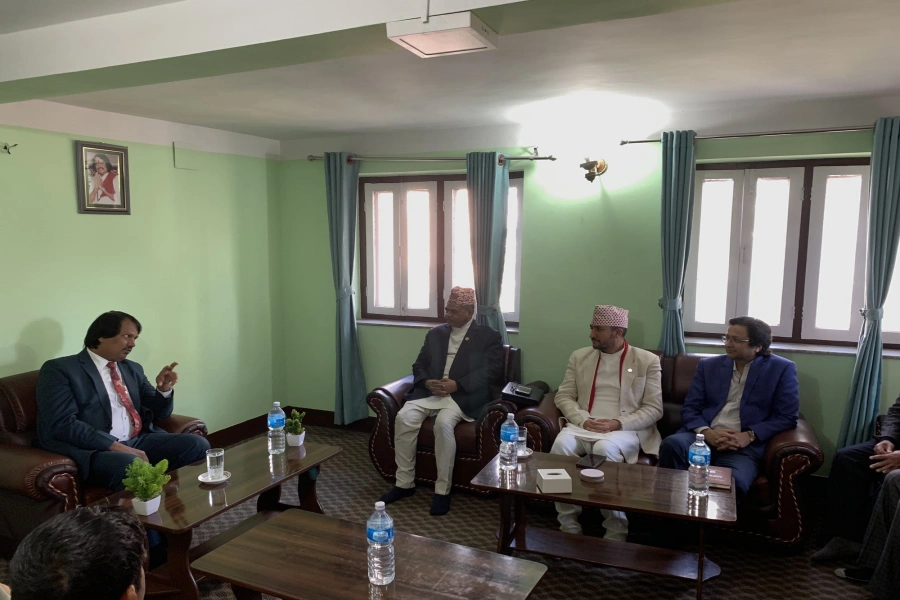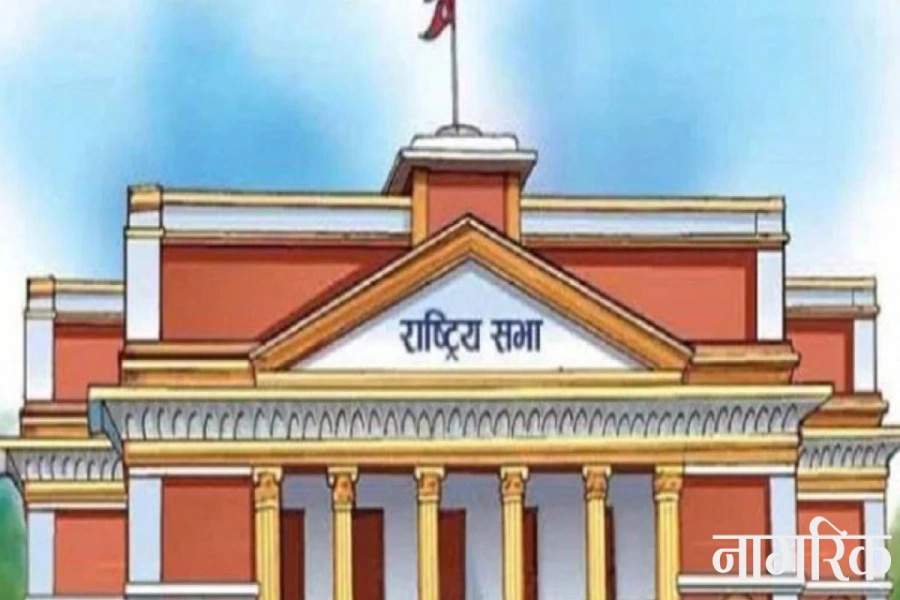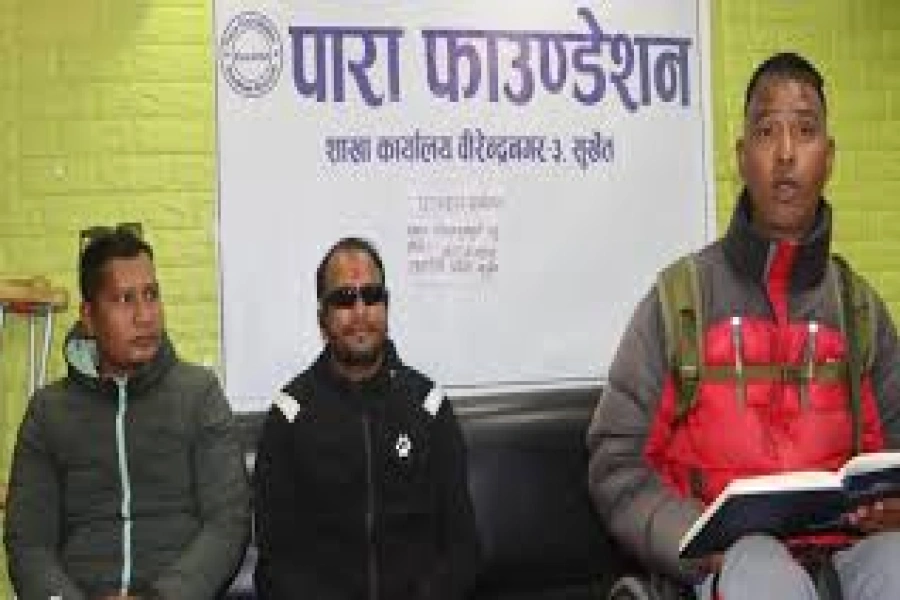India should not keep occupying Nepali land to accomplish their ‘strategic task’ but look for an alternative point within their own territory, if at all they have to
The inclusion of Nepal’s territory within India’s political map is one example of how India wants to settle border problems with weak neighbors by force. There are many instances of India encroaching upon lands in its adjoining territory. A sudden change in the map published by Indian Home Ministry has been taken by Nepalis as deliberate attempt by the southern neighbor to undermine Nepal’s sovereignty. This move has rightly generated outcries across the country.
Truth be told
The authenticity of Lipu Lekh and Kalapani takes us back to the 50s when Indians perceived threats from China after its occupation of Tibet and wanted to hold this for military operational purpose. India’s Intelligence Bureau submitted a detailed proposal to Prime Minister Nehru to establish more than 21 check posts to guard the passes along Indo-Tibetan frontier from Ladakh in the northwestern extremity to their north east when India feared there would be Chinese intrusion through weak spots. Then 18 check posts along Nepal’s northern border points with China were established between 1952 and 1959, which were later removed through King Mahendra’s tactful negotiations.
Only in Kalapani, which Indian army still occupies, Indian camp was yet to be removed. India attaches strategic significance to this land and even does not want to discuss the issue despite several concerns raised by Nepali side about it. The west of Kalapani is steep, rugged and only available flat land is Kalapani which is distinctly lying to the east of Kali River, through which Indian Border Road Organization (BRO) has developed Kailash-Mansarovar track. Currently, it is reported that a road link from their side up to Lipu Lekh passes is upgraded. From the Chinese side, there exists a good road up to their last border post at the pass at 5,029 meters in Nepali frontier with a network of roads on nearby mountains of Taklakot. Indian Border Road Organization (BRO) connects crucial road links on Kailash-Mansarovar route to augment its trade and tourism.
Who is right, who is wrong on Nepal-India battle of maps?

Lipu Lekh issue drew widespread public criticism when Indian Prime Minister Narendra Modi visited China in 2015 and China and India signed an “unholy” agreement to hold negotiation on augmenting the list of trade and commodities, and expanding the border trade, at Lipu Lekh pass, a point at Nepal-China border that is connected from Kalapani proper. Nepal’s parliament raised serious objection over this agreement that included the territory of Nepal and asked both countries to correct their pact immediately. Shockingly, international border (yet debated between two) should not be agreed upon by third party country in the absence of the owner.
The 1816 Sugauli Treaty signed between British India and Nepal locates Kali River as the western border between the two nations. SS Pangti, a retired bureaucrat and an expert on India-Nepal border affairs, says “above Kalapani there is no demarcation between Indo-Nepal till China border. This could lead to problems in the coming time”. Even though, problem in identifying Kali River’s origin was persistent, Nepal’s reluctance to probe on India’s silence has now led to unilateral claim over Nepali land by India.
No governments—from time of monarchy to the republican set up—raised serious objections about the matter. India’s claim that it was crucial for India to maintain control at Kalapani in a bid to keep an eye on the activities across the border is absurd. Nepal cannot trade off her territory for India’s tactical importance. Besides, the land east to Kali River is Nepal’s territory, according to the Sugauli Treaty and experts have proved that Kali River actually originates from Limpiyadhura. Thus India’s claim that its most recent political map accurately depicts the sovereign territory of India is ridiculous.
The statement from Nepal’s Ministry of Foreign Affairs (MoFA) has clearly stated that Kalapani and Lipu Lekh fall inside Nepal’s territory. And there is a general consensus among other South Asian countries that Indian establishment should respect Nepal’s concern. India’s positive response toward this subject would be a true manifestation of age-old historic relationship between Nepal and India.
What India should do
One of the unexpressed claims of India about Kalapani has been that the territory is of military significance for India. It might have been in the 60s. But in the changed dynamics of China’s Belt and Road Initiative (BRI) and India’s own desire to expand connectivity, this claim does not hold much water now. Besides, how can Kalapani be a tactical point for India when Indian Armed Force is no longer any match to the Chinese?
After the Wuhan summit and another similar informal meeting between Indian Prime Minister and Chinese president on October 11 this year, China and India have conveyed the message of cooperation and partnership. Thus India should not keep occupying Nepali land to accomplish their strategic task but look for an alternative point within their own territory, if at all they have to.
Instead of claiming rights over the territory that is clearly not theirs, India should rectify the errors in its map. India should resolve its border issues with neighbors through the rules-based principles, of which they have been a great advocate in recent times. Otherwise, India’s ambition to become permanent member of UN Security Council may not materialize and it will generate deep resentments among Nepalis for many years.
The debate over who owns Kalapani can be resolved if we look into the old original maps and historical evidences. If required, a task force, comprising experts from the two countries, can be created and their recommendation can be a basis to work on this matter.
India should think about making South Asian countries come together for economic opulence rather fomenting bitterness over border issue. Nepalis will continue to pursue their vital interest in this regard and they are waiting to see how its historic neighbor would diffuse the tension that it created in the first place.
\We are waiting and watching how South Block will respond to the call from Baluwatar.
The author, Former Spokesperson of Nepal Army, is CEO of Nepal Institute for Strategic Studies



